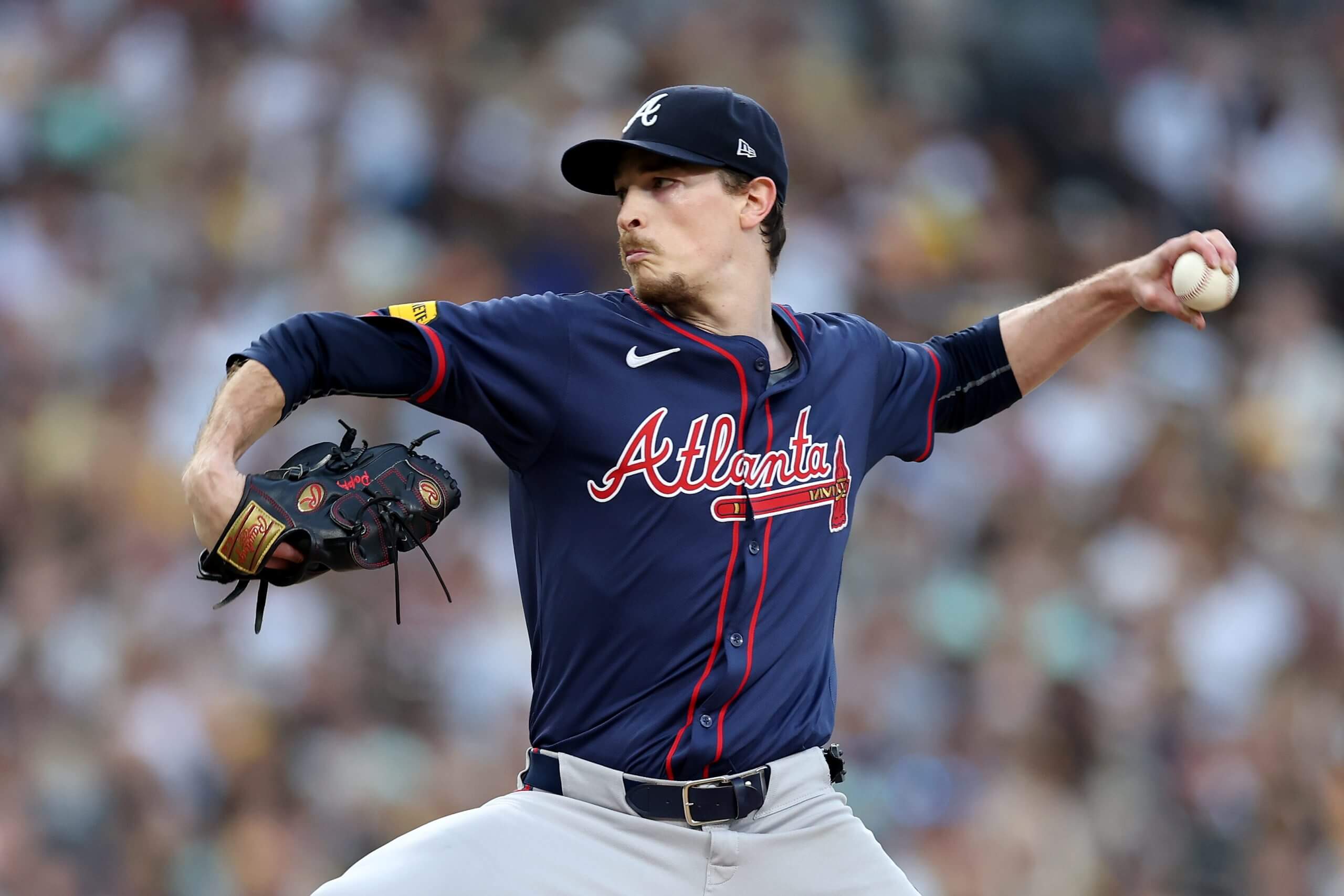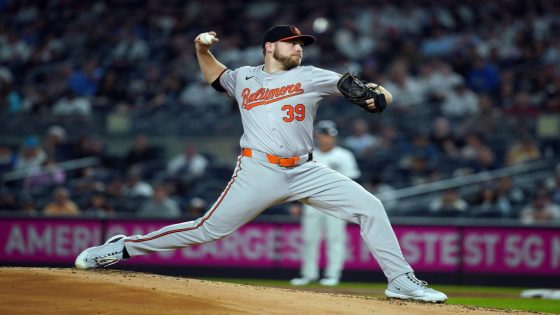SAN ANTONIO, Texas — Ten years ago, the Chicago Cubs used Major League Baseball’s general managers’ meetings to begin laying the groundwork with Jon Lester and his representatives. Those winding, high-stakes negotiations eventually led to a $155 million contract and the end of a 108-year World Series drought. Lester went down as one of the greatest free-agent signings in Chicago sports history.
The Cubs have cycled back to that point where it’s time to make a major investment in their rotation. The front office is sort of boxed in with the everyday lineup and does not believe in spending wildly on relievers. The top of the farm system is stocked with position players and light on pitching prospects who have proven they can stay healthy. A frontline starter could help take them out of the 83-win territory, in a year that’s shaping up as playoffs or bust.
Cubs executives Jed Hoyer and Carter Hawkins are continuing to formulate those plans during this week’s GM meetings at a JW Marriott resort in Texas. This very early read on the Cubs’ offseason is based on information gathered from team and league sources.
Corbin Burnes looks out of reach
There is no track record or indication that Hoyer’s group and the Ricketts family will go to the top of the market for Corbin Burnes, a Scott Boras client who can command the long-term megadeal that typically involves an aggressive owner. Blake Snell is also represented by Boras, but the bigger hurdle for the Cubs may be his pitching profile. Snell is supremely talented and a two-time Cy Young Award winner, though his command, year-to-year variance and overall reliability will influence the club’s evaluation.
Max Fried would check several boxes as a consistent, left-handed, All-Star pitcher who won a World Series with the Atlanta Braves. There will obviously be limits to the Cubs’ pursuit of pitching. The club could pivot and use some trade chips, or focus on that next tier of free agents since the deals for Jameson Taillon and Shota Imanaga have worked out well. But beyond the Lester example, it’s been nearly seven years since Yu Darvish signed his $126 million contract with the Cubs. By this point, closing a nine-figure deal for a pitcher would not be unreasonable.

Catching remains a priority
Despite Miguel Amaya having a strong offensive finish to the season — he posted a 124 wRC+ from July 7 on following a mechanical adjustment — the Cubs would prefer to at least pair him with a veteran catcher in a timeshare. Adding a frontline, clear-cut starter at that position just doesn’t seem realistic. The Seattle Mariners aren’t going to trade Cal Raleigh right now, and it’s highly doubtful that the Los Angeles Angels would re-engage on Logan O’Hoppe, a player the Cubs discussed at this year’s trade deadline.
The Cubs could look to trade for a top catching prospect, but signing a free agent seems more likely. Travis d’Arnaud, whose $8 million option wasn’t picked up by Atlanta, makes sense as that type of player, given his postseason experience and a career 101 wRC+. Carson Kelly and Danny Jansen could also fit that description as a catcher to work alongside Amaya.
As for prospect Moises Ballesteros, the Cubs are more optimistic about his chances to be a major-league catcher now than they were a year ago. But the club is still unsure about his chances to project as a future everyday catcher. There is no doubting his offensive potential, though, so perhaps a valuable role would be as a designated hitter who occasionally works as a catcher, creating more roster options and better matchups.
The bullpen strategy
The Cubs can be more flexible in this area, and Hoyer may spend on some certainty there, but don’t expect deals stretching three or more years.
“How do you allocate those dollars as safely as you can?” Hoyer said. “The bullpen dollars are more volatile. You’re more likely to find impact in the bullpen in minor-league free agency or in a small trade or a waiver claim.”
Hoyer acknowledged that he didn’t create enough depth to overcome the injuries the team suffered in April and May. He needs to strengthen the bottom of the 40-man roster with pitchers who can help if early issues occur again.
“It’s almost like assuming in April that three guys are going to go down,” Hoyer said. “Because they probably will. Then having the depth in April to do it. Because I think we were OK depth-wise later in the season when most of those guys were ready.”
By the middle of the summer, the Cubs had added players like Tyson Miller, Jorge López and Nate Pearson while youngsters such as Porter Hodge and Luke Little developed in the majors. But by that point, it was a little too late. The damage had been done.
What’s next for Nico Hoerner
The Cubs have been purposely vague about Nico Hoerner’s timeline because they don’t know exactly where the Gold Glove second baseman will be in his rehab process when spring training begins. Part of the decision to undergo flexor tendon surgery was a recognition that Hoerner needed his right forearm in better condition to consistently play shortstop, the position where he backs up Dansby Swanson and would potentially create value for other teams. The Cubs expect a full recovery and don’t anticipate Hoerner missing substantial time next season, so they aren’t looking for an everyday second baseman, but a left-handed-hitting utility guy who could move around an infield that features Swanson, Hoerner and Isaac Paredes.
(Top photo of Corbin Burnes: Evan Bernstein / Getty Images)





